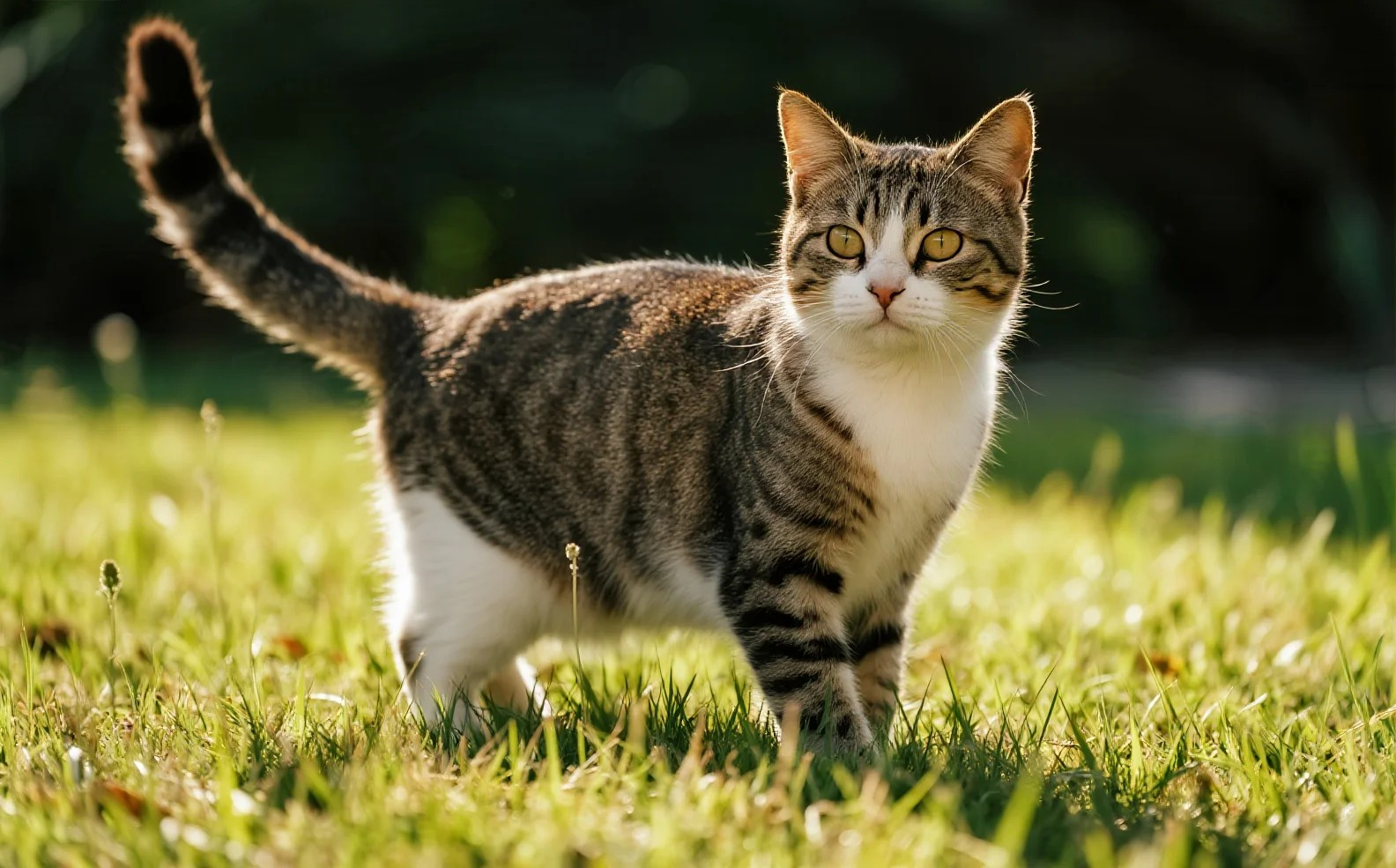Introduction
As a pet owner, it’s natural to wonder about your cat’s reproductive health and behaviors. One common question that arises is whether cats experience periods similar to humans. The answer lies in understanding feline estrus, often referred to as a “heat” cycle. In this article, we will explore the intricacies of feline reproductive behavior and clarify the common misconceptions surrounding cat periods.
Table of Contents
The Feline Estrus Cycle
Unlike humans, who have a monthly menstrual cycle, female cats undergo an estrus cycle. This cycle signifies their readiness to mate. Estrus is a phase in which a female cat is fertile and can conceive if she mates with a male cat. The entire cycle can be broken into several stages, with estrus being the most notable.
The Stages of the Estrus Cycle
Feline estrus typically includes four stages:
Proestrus: This is the period before heat, lasting one to two days. During this time, female cats may exhibit some behavioral changes, but they are not yet receptive to ma
Estrus: The estrus phase usually lasts about a week but can range from two to three weeks. During this time, cats might display specific behaviors such as increased vocalization, restlessness, and rolling on the floor. The female will also seek out male cats more actively.
Metestrus (Diestrus): If the cat has not mated during estrus, she will enter this stage for approximately 60 days. It serves as a recovery period, whether she has conceived or not. If she becomes pregnant, this stage will continue until she gives birth.
- Anestrus: This phase is a dormant period, generally occurring in winter or when environmental conditions are not favorable for reproduction. It can last several months until the next proestrus phase begins.
Signs of Estrus in Cats
Recognizing when your cat is in heat is crucial for responsible pet ownership. Female cats often exhibit certain behaviors during this period, including:
- Vocalization: Increased yowling or meowing can signify that your cat is in heat.
- Affectionate Behavior: Cats may become overly affectionate, rubbing against furniture or your legs.
- Rolling and Stretching: They may roll on the floor, exhibiting a playful or flirtatious demeanor.
- Posturing: A female cat may assume a specific posture while standing, known as lordosis, which makes mating easier.
Do Cats Experience Menstruation?
While female cats can undergo cycles of estrus, they do not experience menstruation like humans. In humans, the menstrual cycle involves the buildup and shedding of the uterine lining, leading to bleeding. In cats, when a female cat comes out of heat without mating, there is no such shedding or bleeding.
The absence of menstruation in cats means they do not suffer from the same associated symptoms that some women do, such as cramps or mood swings. Instead, their behavioral changes and vocalizations signal their readiness to mate.
The Role of Anestrus
It’s important to understand that cats are seasonally polyestrous, meaning they can go into heat multiple times during the breeding season, which typically occurs in the warmer months. During the anestrus phase, which occurs during shorter daylight months, female cats will not display the behaviors associated with estrus. The cycle will resume as the days lengthen and environmental conditions become more suitable for breeding.
Health and Spaying
For cat owners, there’s an important consideration regarding the health implications of the estrus cycle. If you do not plan to breed your cat, spaying is a responsible option. Spaying not only prevents unwanted pregnancies but can also reduce the risk of certain health issues, such as uterine infections and breast tumors. It’s essential to discuss this with your veterinarian to ensure you make the best decision for your feline companion.
Conclusion
Understanding feline estrus and reproductive behavior can enhance your relationship with your cat and provide insights into their health needs. While cats do not experience menstrual cycles like humans, they do go through specific reproductive phases that influence their behavior. Awareness of these cycles allows for better care and informed decisions regarding spaying or breeding.
In summary, while cats do not experience menstruation, they possess their unique reproductive rhythm. By monitoring your cat’s behavior and consulting with a veterinarian, you can ensure they remain healthy and happy throughout their lifecycle.
